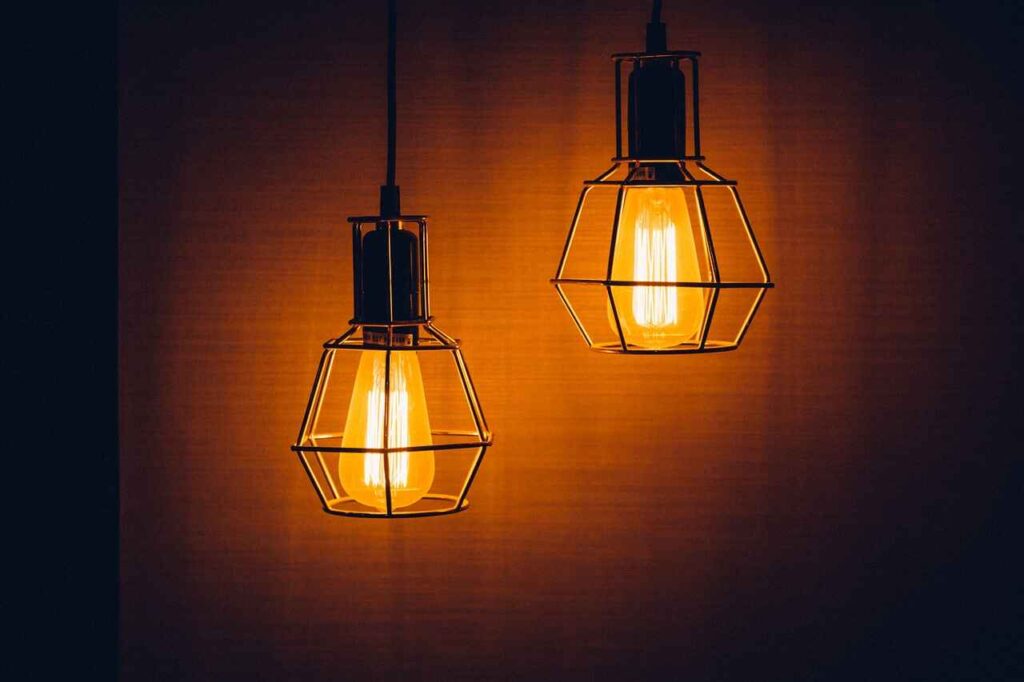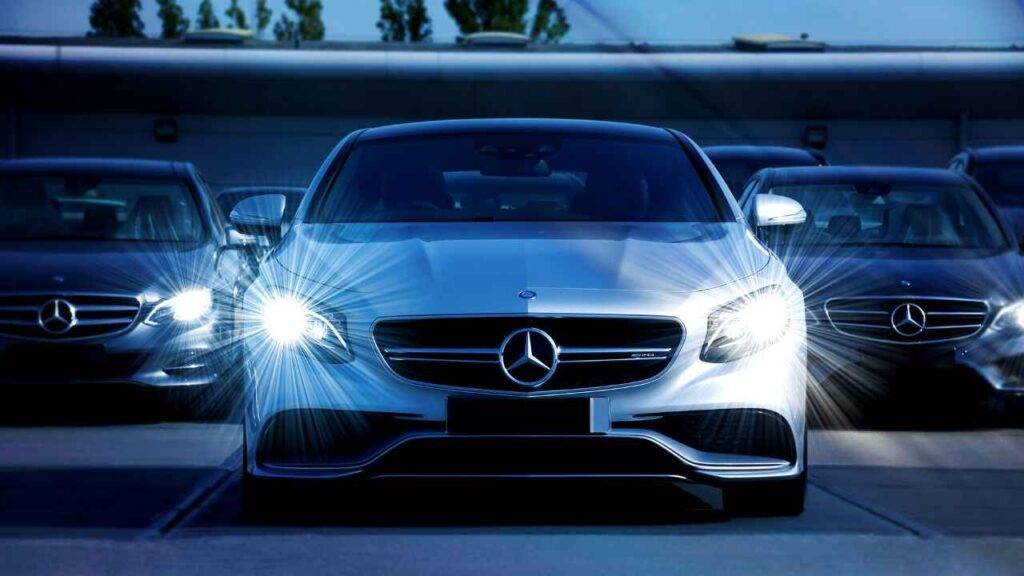Have you ever found yourself standing in the lighting aisle of a hardware store, feeling utterly bewildered by the array of light bulbs before you? You’re not alone! In fact, a recent survey revealed that a whopping 65% of consumers struggle to tell different types of light bulbs apart. But fear not, fellow illumination enthusiasts! Whether you’re an eco-warrior on a quest to reduce your carbon footprint or simply looking to save money on your power bill, learning how to detect an LED bulb is a useful skill to have.
In this guide, we’re going to shine a light on the world of LED bulbs. We’ll explore the telltale signs that set them apart from their less efficient cousins and discover why they’re becoming the superstar of the lighting world. So, let’s roll up our sleeves and become LED detectives together!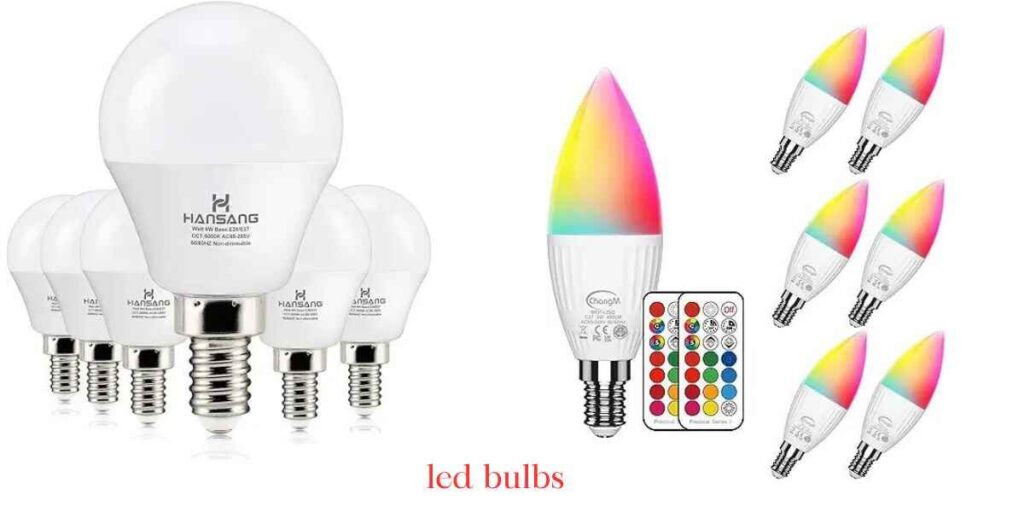
How To identify an Led light bulb
First things first, let’s talk about looks. LED bulbs are the chameleons of the lighting world, coming in all sorts of shapes and sizes. But there are a few key features that can help you spot them in a lineup.
One of the most obvious giveaways is the presence of a heat sink at the base of the bulb. This isn’t just a fancy design feature – it’s a crucial part of the LED’s anatomy. You see, while LEDs are much cooler than traditional bulbs, they still generate some heat. The heat sink helps dissipate this warmth, keeping the bulb running efficiently. It usually looks like a series of fins or ridges around the base of the bulb.
Next, take a peek at the bulb itself. Unlike the delicate glass globes of incandescent bulbs, LED bulbs are often made of tough plastic or aluminum. This makes them more durable and less likely to shatter if dropped. Score one for clumsy folks everywhere!
If you look closely at the light-emitting part of an LED bulb, you might notice individual LED chips or panels. These are the real workhorses of the bulb, producing that bright, energy-efficient light we’ve come to love.
LED bulbs are available in many sizes and forms. While some mimic the classic light bulb shape we’re all familiar with, others might be flat, tubular, or even flexible strips. This versatility is one of the reasons LEDs are so popular – they can fit into all sorts of fixtures and spaces.
Decoding the Packaging: LED Light Bulb Labels 101
Now that we’ve covered the physical aspects, let’s talk about how to read the packaging. This is where you’ll find a treasure trove of information about your potential new LED buddy.
First and foremost, look for the word “LED” prominently displayed on the package. Manufacturers are usually pretty proud of their LED offerings, so they tend to make this information easy to spot.
Next, pay attention to the lumens rating. This is when things change from what you’re used to. With traditional bulbs, we often focused on wattage to determine brightness. But with LEDs, it’s all about the lumens. Lumens measure the actual light output, regardless of how much energy is used to produce it. So a higher lumen count indicates a brighter bulb.
For reference, a 60-watt incandescent bulb typically produces about 800 lumens. An LED bulb producing the same amount of light might only use 8-10 watts. That’s some serious energy savings!
Keep an eye out for the Energy Star certification logo. This little badge of honor means the bulb meets strict energy efficiency guidelines set by the U.S. Environmental Protection Agency and Department of Energy. It’s like a gold star for being eco-friendly!
Color temperature is another important factor you’ll find on LED packaging. Measured in Kelvin (K), this tells you whether the light will be warm and cozy (around 2700K) or cool and energizing (5000K and above). Choose based on the mood you want to create in your space.
Lastly, check out the expected lifespan. LED bulbs are the marathoners of the lighting world, often lasting 15,000 to 25,000 hours or more. That’s 15 to 25 years of use if the bulb is on for about 3 hours a day!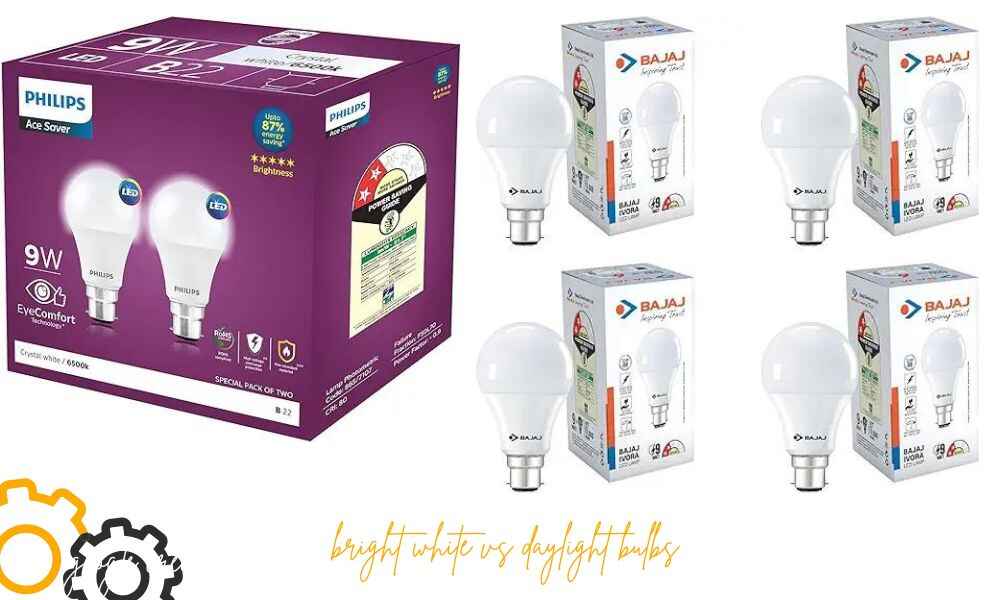
Shedding Light on LED Efficiency
Now, let’s dive into what makes LEDs so special: their incredible efficiency.
Remember how we talked about lumens earlier? Well, here’s where they really shine (pun intended). LED bulbs produce more lumens per watt than any other type of bulb. This measurement is called efficacy, and it’s a great way to compare the efficiency of different bulbs.
For example, a typical LED bulb might have an efficacy of 80-100 lumens per watt or more. Compare that to an incandescent bulb, which usually clocks in at around 15 lumens per watt. That’s a massive difference in efficiency!
But it’s not just about brightness. LEDs also excel at color rendering. This is measured by the Color Rendering Index (CRI), which indicates how accurately a light source displays colors compared to natural sunlight. High-quality LEDs often have a CRI of 80 or above, making colors appear vivid and true-to-life.
Another nifty feature of many LED bulbs is their dimmability. However, not all LED bulbs are dimmable, and those that are may require special dimmer switches. Always check the packaging to make sure you’re getting a dimmable bulb if that’s what you need.
LED vs. The World: Comparing Bulb Types
To truly appreciate LEDs, it helps to understand how they stack up against other types of bulbs.
Let’s start with the classic incandescent bulb. These have been lighting up our lives for over a century, but they’re energy hogs. About 90% of the energy they use is given off as heat, not light. LEDs, on the other hand, convert most of their energy directly into light, staying much cooler in the process.
Compact Fluorescent Lamps (CFLs) were once hailed as the eco-friendly alternative to incandescents. While they are more efficient, they have some drawbacks. CFLs contain small amounts of mercury, making them tricky to dispose of safely. They also take a moment to warm up to full brightness. LEDs, by contrast, contain no mercury and provide instant, full brightness the moment you flip the switch.
Halogen bulbs are another competitor. While they’re more efficient than incandescents, they still can’t hold a candle to LEDs in terms of energy savings and lifespan. Plus, halogens run very hot, while LEDs stay cool to the touch.
The Bright Side of Choosing LEDs
By now, you’re probably starting to see why LEDs are taking the lighting world by storm. However, let’s review some of the main advantages:
1. Energy Efficiency: LEDs use up to 90% less energy than incandescent bulbs, which translates to significant savings on your electricity bill.
2. Longevity: With lifespans of 15,000 to 25,000 hours or more, LEDs outlast other bulb types by a long shot. This lowers waste and the need for replacements.
3. Eco-Friendly: Lower energy consumption means a reduced carbon footprint. Plus, LEDs don’t contain hazardous materials like mercury, making them safer and easier to dispose of.
4. Versatility: From warm, cozy glows to bright, daylight-like illumination, LEDs offer a wide range of color temperatures. Many can even change colors or connect to smart home systems for ultimate control.
5. Safety: LEDs generate very little heat, reducing the risk of burns or fires. This makes them especially great for homes with curious kids or pets.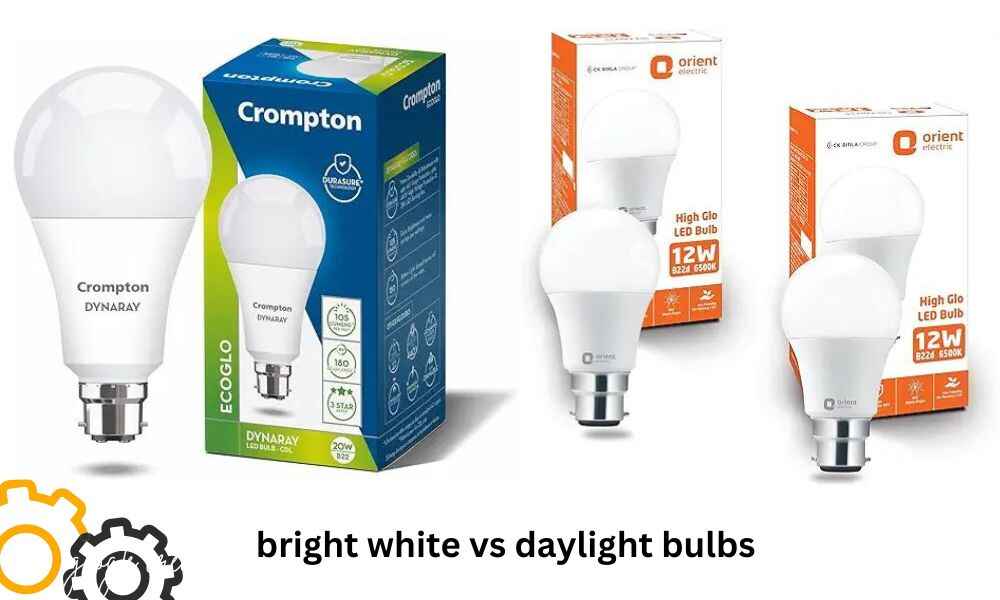
Busting LED Myths
Despite their many advantages, some misconceptions about LEDs persist. Let’s clear those up:
Myth 1: LEDs are too expensive.
Reality: While the upfront cost of LED bulbs is higher than traditional bulbs, their energy efficiency and long lifespan make them much more cost-effective in the long run.
Myth 2: LED light quality is poor.
Reality: Early LEDs did have some issues with color rendering, but modern high-quality LEDs can produce light that’s virtually indistinguishable from natural daylight.
Myth 3: LEDs won’t work with my existing fixtures.
Reality: LED bulbs come in a variety of shapes and sizes designed to fit most standard fixtures. Just be sure to check compatibility, especially for dimmer switches.
Myth 4: LEDs are difficult to dispose of.
Reality: Unlike CFLs, LEDs don’t contain hazardous materials. Many can be recycled, and even if they end up in landfill, they don’t pose the same environmental risks as other bulb types.
Illuminating Conclusion: How to identify an led light bulb
Congratulations! You’re now armed with all the knowledge you need to identify LED bulbs like a pro. From their unique physical characteristics to their impressive efficiency stats, LEDs truly are the bright future of lighting.
Next time you find yourself in the lighting aisle, put your new skills to the test. Look for those telltale heat sinks, check out the lumen ratings, and bask in the glow of knowing you’re making a smart choice for your home, your wallet, and the planet.
Remember, switching to LEDs isn’t just about being tech-savvy – it’s about lighting up your life in a way that’s kinder to the environment and easier on your electricity bill. So go forth, spread the word, and let your LED light shine! Who knows? You might just become the go-to “bulb whisperer” among your friends and family.
Related articles:

